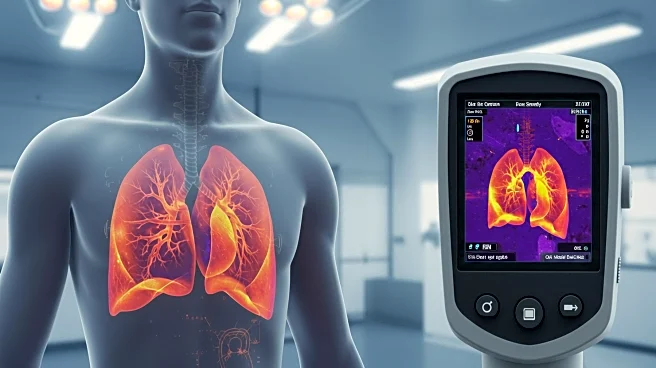Rapid Read • 8 min read
A recent study has developed a nomogram model to assess the risk factors associated with the early occurrence of deep vein thrombosis (DVT) in patients with traumatic brain injury (TBI). The model leverages routinely collected clinical laboratory parameters to predict DVT risk, offering advantages such as reduced testing costs and seamless integration into electronic medical record systems. The study identified several risk factors, including smoking history, elevated BMI, and negative fluid balance, which contribute to DVT development. The nomogram provides a reliable basis for prevention and treatment strategies, aiming to improve patient outcomes by enabling early identification of high-risk individuals.
AD
The development of this nomogram model is significant as it provides a practical, cost-effective approach to advancing precision medicine in the management of TBI patients. By identifying high-risk individuals early, healthcare providers can implement targeted prophylactic strategies, potentially reducing hospital stays, medical costs, and complications associated with DVT. The model's integration into existing healthcare infrastructure allows for real-time alerts and automated risk assessments, enhancing clinical decision-making and patient care. This approach underscores the value of using routine clinical data to improve health outcomes and streamline medical processes.
Future research should focus on expanding the sample size to improve the model's robustness and undertake external validation for comprehensive assessment. Additionally, incorporating time-to-event data for DVT onset could enhance the model's predictive performance. Healthcare providers may begin adopting this model to optimize treatment plans and interventions for TBI patients, potentially influencing clinical guidelines and practices related to DVT prevention.
The study highlights the importance of monitoring fluid balance and other clinical parameters in TBI patients to prevent DVT. It also emphasizes the role of routine clinical data in developing predictive models that can be easily integrated into healthcare systems. This approach may pave the way for similar models in other medical contexts, promoting a shift towards more personalized and data-driven healthcare solutions.
AD
More Stories You Might Enjoy










